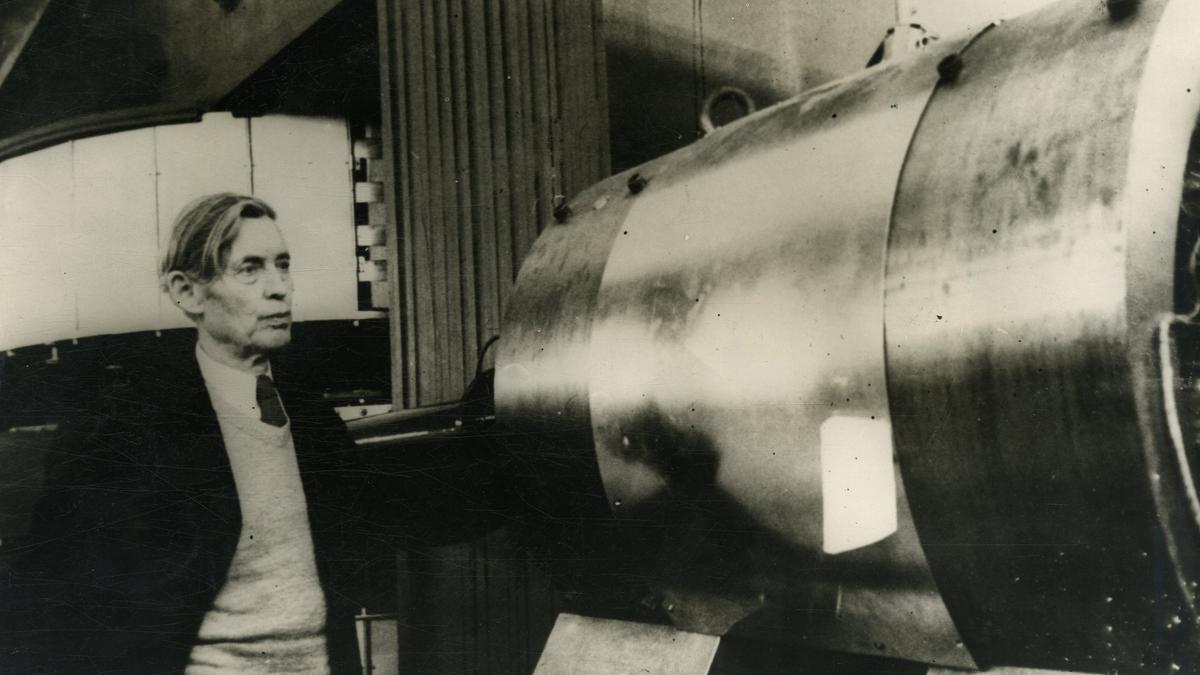[ad_1]

Migratory birds in V Formation, travel over long distances
| Photo Credit: mbolina
The smart science
Birds like geese and pelicans fly in a V-shape to conserve energy during long migrations. The lead bird works the hardest, facing the most wind resistance, while the ones behind take advantage of the airflow it creates.
Nature’s navigation
A study on ibises revealed that these birds follow precise flight patterns, just as scientists predicted! Researchers fitted ibises with trackers and found that they fly about a metre behind and to the side of the bird in front—exactly where the upwash gives them the most lift. Interestingly, the birds don’t stick to one position—some prefer the right, others the left, and they regularly swap places. Unlike airplanes with fixed pilots, these flocks have no single leader!
As a bird flaps its wings, the air behind it moves in two ways: some is pushed downward (downwash), while some at the sides is pushed upward (upwash). Birds flying slightly behind and to the side position themselves in this upwash zone, where the rising air gives them a small lift. This reduces their effort, allowing them to fly longer distances with less energy—almost like catching a free ride on the air currents created by their flock-mates!
Fun fact
-
Fighter jets use the same technique in formations to reduce air resistance and save fuel!
-
Birds at the back of the V have a lower heart rate and flap their wings less often compared to those in the front.
Nature is full of smart tricks, and birds have mastered teamwork in the skies!
Published – May 13, 2025 03:34 pm IST
[ad_2]
Source link





